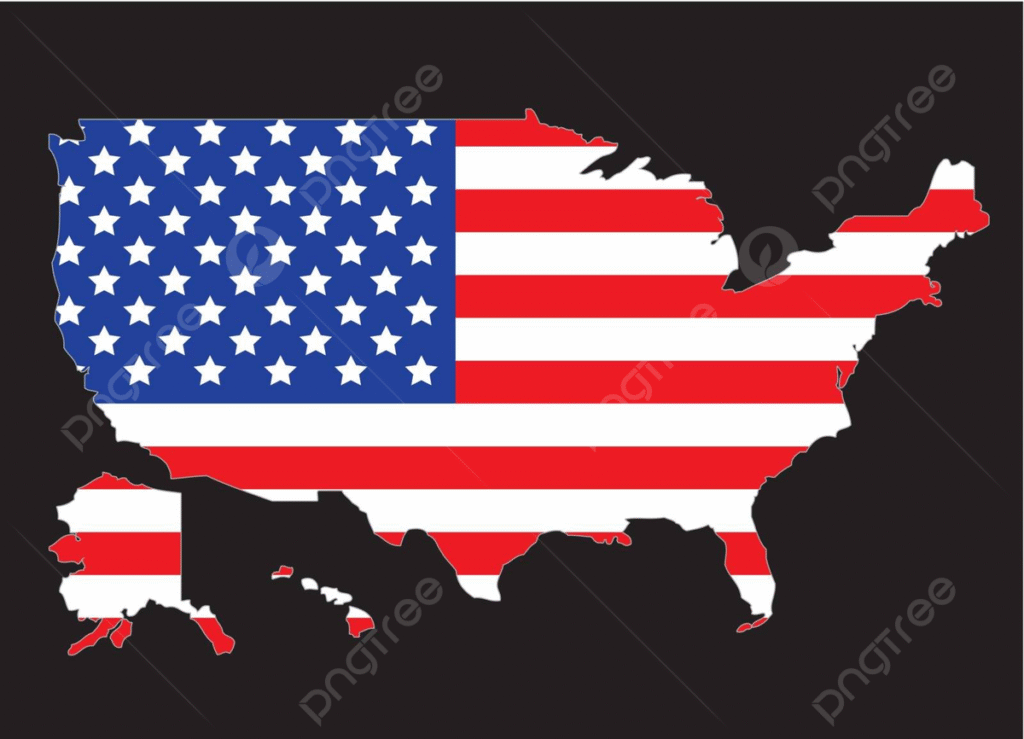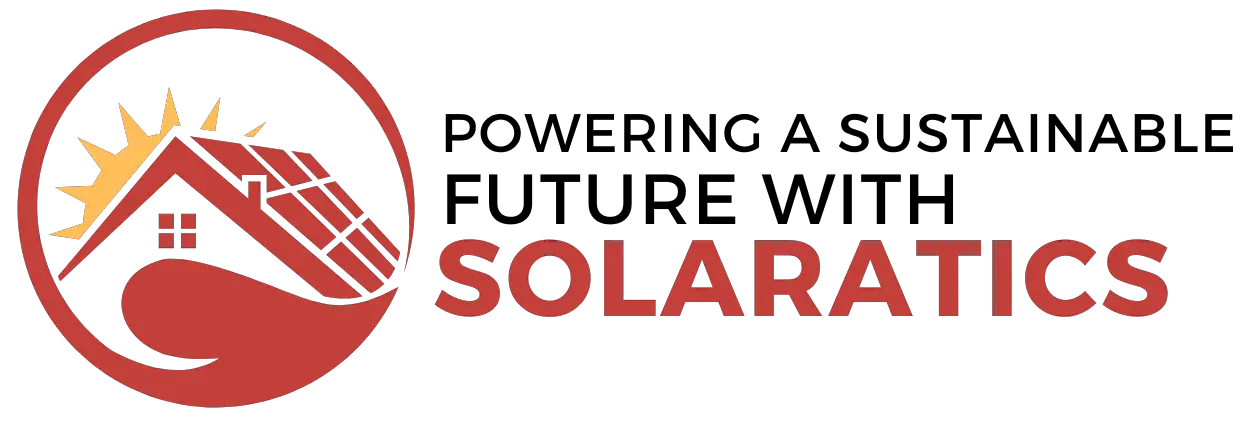Get FREE Solar Panels in USA | Federal & State Incentives in 2025

Explore top US government incentives and assistance programs that help low-income households get solar panels at little to no upfront cost in 2025.
Solar panels basking on your roof, generating clean energy, and saving you money on your electricity bill – it sounds like a dream, right? And wouldn’t it be even better if you could get those panels for free, courtesy of the government? Unfortunately, while the idea of free solar panels from the government in 2025 might be tempting, it’s important to understand the reality before you get your hopes up too high.

free solar panels in USA
How to Get Free Solar Panels From the Government in 2025
The truth is, there’s no magic government program handing out completely free solar panels in 2025. While various government incentives and assistance programs exist, they rarely cover the entire cost of a solar installation. Instead, they often function as rebates or tax credits, reducing the overall cost, but still requiring some financial investment on your part.
What are the options to get panels for free
No Free Solar Panels, But Incentives Exist:
- No Direct Grants for Free Panels:
The federal government doesn’t directly give away free solar panels, according to the U.S. Department of Energy.
Incentives to Reduce Costs:
The government encourages solar adoption through various programs and incentives that significantly lower the cost of going solar.
- Federal Tax Credit:
The Investment Tax Credit (ITC) provides a tax credit for a percentage of the cost of solar energy systems. - State and Local Incentives:
Many states and local governments offer additional tax credits, rebates, or other financial incentives for solar installations. - Utility Company Programs:
Some utility companies offer incentives or rebates for customers who install solar panels. - Disadvantaged Community Programs:
Programs like DAC-SASH, administered by GRID Alternatives, focus on providing solar to low-income communities. - Solar for All Programs:
The EPA’s Solar for All program provides grants to states, territories, and Tribes to expand access to solar energy for low- and moderate-income households.
Where to Find Information:
- Database of State Incentives for Renewables & Efficiency (DSIRE):
DSIRE is a comprehensive resource for information on state, local, and utility incentives for renewable energy. - Your State’s Energy Office:
Your state’s energy office can provide information on state-specific solar incentives and programs. - Local Utility Company:
Contact your local utility company to inquire about any programs they offer for solar energy.
Don’t let the “free” dream completely dim your solar ambitions! Here are the real ways to harness the sun’s power with government support:
- Federal Solar Tax Credit: This is the most significant solar incentive. The federal government offers a tax credit of 30% of the total cost of your solar system, which can significantly reduce your upfront investment. Remember, it’s a credit, not a direct payment, so it reduces your tax liability, not your initial outlay.
- State and Local Incentives: Many states and even some local governments offer additional solar rebates or incentives on top of the federal credit. Research what’s available in your area to maximize your savings.
- Low-Income Assistance Programs: Certain programs target low-income households and offer financial assistance for solar installations. These programs vary by state and might have specific eligibility requirements.
Considerations other than free panels
While government incentives can sweeten the deal, remember that installing solar panels involves more than just a freebie.
Here are some additional factors to keep in mind:
- Your Roof: Is Your Roof Suitable for Solar Panels? Factors like size, orientation, and shade can impact their effectiveness and installation feasibility.
- System Costs: Even with incentives, solar panels aren’t cheap. Research the costs in your area and compare different systems to find the best fit for your budget and needs.
- Installation Considerations: Installing solar panels requires permits and professional expertise. Research and choose a reputable installer to ensure proper and safe installation.
Are low-income households still eligible for free solar programs in 2025
Low-income households are still eligible for various government-supported solar programs in 2025, but completely free solar panel programs on a broad scale are rare and highly dependent on specific eligibility criteria and location.
Key points based on recent information:
- In the U.S., many states and utilities offer layered incentives and targeted programs that can reduce upfront solar costs to near zero for qualified low-income households. For example, California has well-funded programs like DAC-SASH that provide substantial incentives to lower costs for eligible residents. However, these opportunities are often limited, complex, and rapidly changing, so timely action is critical.
- The Biden administration’s EPA “Solar for All” program allocated about $7 billion to expand low-income solar programs, aiming to bring solar access to hundreds of thousands of disadvantaged households. This funding was temporarily frozen, but as of early 2025 has been unfrozen, allowing programs to resume and new programs to start.
- Many low-income solar programs involve a mix of direct financial assistance, rebates, incentive payments based on energy production, and community solar subscription models that substantially lower or eliminate upfront costs. Some programs target specific states and cities, such as Illinois, New York, Colorado, Massachusetts, and Oregon.
- Certain local government schemes, such as the ECO4 Flex scheme in the UK, allow local authorities to tailor eligibility for low-income or vulnerable households to receive solar-related financial assistance.
- In general, to qualify for these programs, households must meet income thresholds or live in designated disadvantaged or vulnerable communities. Eligibility varies by program and state, and obtaining these benefits often requires application and verification.
In short, low-income households in 2025 can still access solar panels at little or no cost through government-supported programs and combined federal, state, and utility incentives, but fully free solar panel programs are limited and highly situational. Expert guidance and quick action are recommended to navigate and secure these benefits before key incentives expire or funding runs out.
What regions or states provide free solar programs for low-income families in 2025
These programs combine financial assistance, workforce development, and technical support to enable low-income households to access rooftop solar systems, community solar projects, and related technologies with minimal or zero upfront costs.
Additional low-income solar initiatives like California’s DAC-SASH provide substantial incentives to reduce solar installation costs in disadvantaged communities, while “Solar for All” programs in Illinois, New York, Colorado, and Washington, D.C. allow eligible households to join community solar projects at little or no cost.
So, if you are a low-income household in 2025, many states have strong programs you can access that effectively provide free or heavily subsidized solar power installations or subscriptions through the “Solar for All” funding and state-level initiatives. Eligibility criteria usually involve income thresholds and residence in designated disadvantaged communities, and application processes vary by state.
Key states with notable “Solar for All” programs and substantial funding include:

solar for all program
- California (through DAC-SASH program)
- Illinois
- New York
- Washington D.C.
- Colorado (program launching in 2025)
- Hawaii
- Kentucky
- Louisiana
- Maine
- Maryland
- Massachusetts
- Michigan
- Mississippi
- Missouri
- Montana
- Nebraska
- Nevada
- New Hampshire
- New Jersey
- New Mexico
- North Carolina
- North Dakota
- Ohio
- Pennsylvania
- Rhode Island
- South Carolina
- South Dakota
- Tennessee
- Texas
- Utah
- Vermont
- Virginia
- Washington
These programs combine financial assistance, workforce development, and technical support to enable low-income households to access rooftop solar systems, community solar projects, and related technologies with minimal or zero upfront costs.
Shining Brightly: Making Informed Solar Choices
While free solar panels from the government in 2025 might not be a reality, don’t let that dim your desire to go green! Explore the valuable incentives available, make informed financial decisions, and carefully consider all the factors involved.
Remember, even with some investment, solar panels can offer long-term savings, environmental benefits, and a sense of self-reliance. So, do your research, choose wisely, and embrace the sunshine responsibly and sustainably!
Conclusion
The term “free” might be misleading; remember that various government incentives and assistance programs can bring the dream of solar closer to reality. With careful planning, informed choices, and responsible financial decisions, you can unlock the true power of the sun for your home and contribute to a brighter, more sustainable future.
Explore This: Momentum Solar Pyramid Scheme, COST, FACTS (Updated 2025)
FAQs
No, no programs are offering completely free solar panels. However, various government incentives and assistance programs can significantly reduce the cost.
Roof suitability, system costs, installation requirements, and long-term financial implications are all important factors to ponder.
The Investment Tax Credit (ITC) allows homeowners to claim 30% of their solar system costs (equipment, installation, battery, etc.) as a credit on their federal income taxes in 2025. This significantly lowers the effective cost but does not cover the full price.
The federal solar tax credit and state/local rebates are the most common. Research specific programs available in your area.
